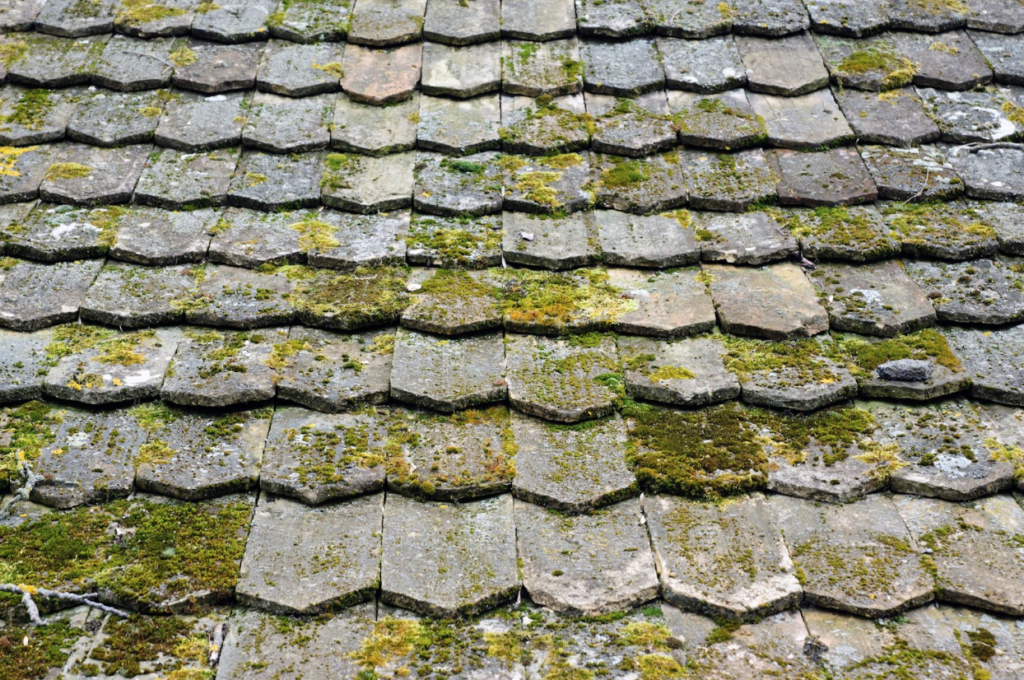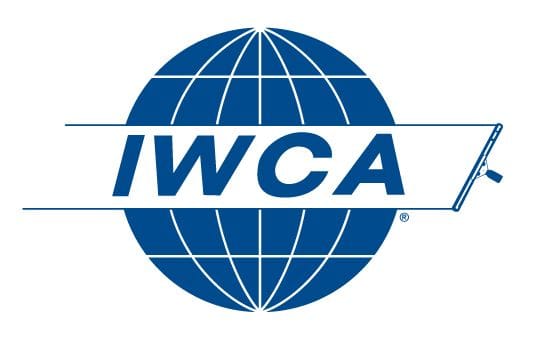The exterior of a building is exposed to a wide range of environmental factors that can have a significant impact on its appearance, integrity, and longevity. From harsh weather conditions to air pollution, these factors can lead to gradual deterioration if left unchecked. Let’s delve into the various environmental elements that affect building exteriors and explore their potential consequences. Understanding these impacts can help property owners and managers take proactive measures to maintain and protect their buildings.
Sunlight and UV Radiation
Excessive exposure to sunlight and ultraviolet (UV) radiation can cause fading and deterioration of paints, coatings, and building materials over time. This can lead to discoloration, cracks, and weakened structural integrity.
Rain and Moisture
Rainwater can seep into cracks and crevices, causing moisture-related issues such as mold, mildew, and rot. Freeze-thaw cycles in colder climates can further exacerbate these problems.
Wind and Abrasion
Strong winds can carry abrasive particles that can erode surfaces over time. Sand, dust, and debris carried by the wind can lead to surface wear and damage.
Temperature Fluctuations
Extreme temperature fluctuations, especially in regions with distinct seasons, can cause expansion and contraction of building materials. This movement can result in cracks, gaps, and deterioration.
Air Pollution and Chemicals
Airborne pollutants, including chemicals and pollutants from vehicles and industries, can settle on building surfaces. Over time, these pollutants can cause staining, corrosion, and surface degradation.
Salt and Ocean Proximity
Buildings located near coastal areas are exposed to saltwater spray, which can accelerate corrosion of metals and deteriorate building materials.
Biological Growth
Warm and humid conditions can foster the growth of biological organisms such as algae, moss, and fungi. These organisms can damage surfaces and create an unsightly appearance.
Pollution and Smog
High levels of pollution and smog in urban areas can lead to a layer of grime and soot accumulating on building exteriors, affecting their appearance and requiring frequent cleaning.
Acid Rain
In areas with high industrial activity, acid rain can cause chemical reactions that degrade building materials and lead to discoloration.
Environmental Considerations
Environmental factors vary based on geographic location. Coastal areas face saltwater exposure, while urban areas contend with pollution. Understanding these factors helps tailor maintenance strategies.
Conclusion
Environmental factors play a pivotal role in the wear and tear of building exteriors. VIP Special Services emphasizes the importance of regular maintenance and protective measures to counteract these impacts. By staying informed about the specific environmental challenges your building faces, you can implement targeted maintenance and cleaning strategies to preserve its aesthetics, structural integrity, and value. Taking proactive steps to mitigate the effects of environmental factors ensures that your building remains a well-maintained and visually appealing asset for years to come. Contact VIP Special Services if you’re interested in hiring professionals who will protect the exterior of your building.






